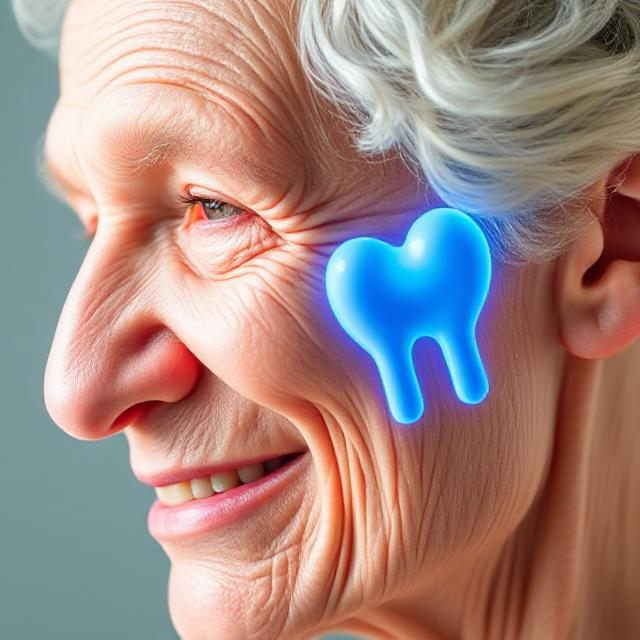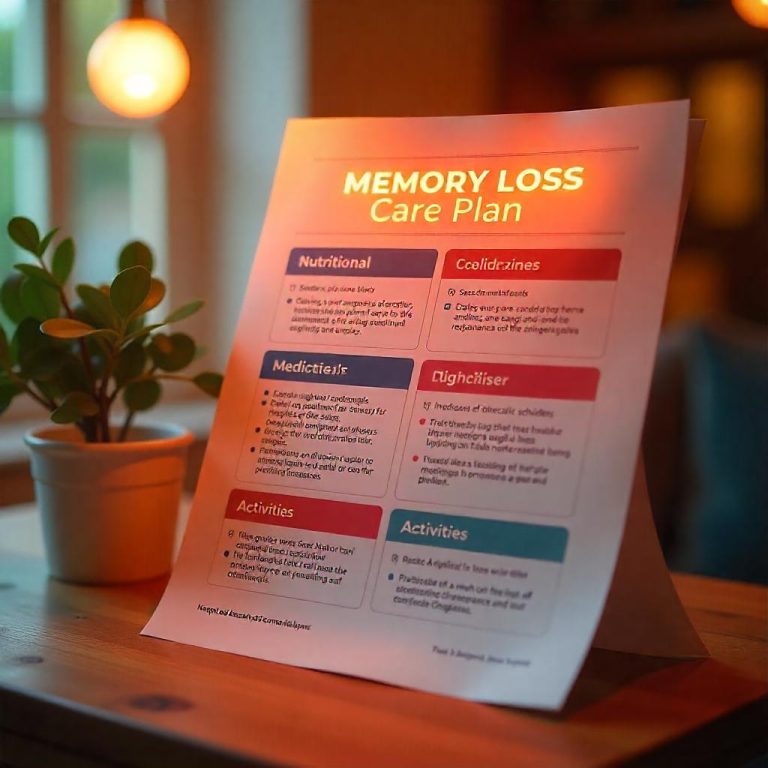Fasting has garnered significant attention for its potential benefits in aging and cellular repair. Research suggests that intermittent fasting (IF), caloric restriction (CR), and other fasting protocols can have profound effects on cellular health, longevity, and the prevention of age-related diseases. Below, we’ll explore how fasting impacts aging and the processes of cellular repair:
1. Fasting and Longevity
Fasting may influence longevity by promoting cellular processes that enhance repair and protect cells from damage. Some of the key ways fasting could potentially extend lifespan include:
A. Activation of Autophagy
- Autophagy is a process where the body “cleans up” damaged cells and recycles them, helping to remove toxins, misfolded proteins, and damaged organelles. It is essentially a type of cellular housekeeping.
- Fasting triggers autophagy, particularly after 12–16 hours of fasting. This process is believed to be essential for cellular repair and maintenance, which may slow down the aging process and reduce the risk of age-related diseases like Alzheimer’s, Parkinson’s, and cancer.
- Studies have shown that intermittent fasting (IF) and caloric restriction (CR) can increase autophagy by reducing insulin levels and boosting the production of specific proteins that initiate this repair mechanism (such as sirtuins).
B. Reduced Oxidative Stress
- Oxidative stress occurs when free radicals (reactive molecules) damage cellular components, including DNA, proteins, and lipids. This damage accelerates aging and contributes to the development of various diseases.
- Fasting has been shown to reduce oxidative stress by enhancing the body’s natural antioxidant defenses. This helps protect cells from free radical damage and promotes longevity.
- Fasting can also lower inflammation, another key factor in aging, by reducing the activity of pro-inflammatory pathways.
C. Telomere Length Preservation
- Telomeres are the protective caps at the ends of chromosomes that shorten as cells divide. When telomeres become too short, the cell can no longer divide and becomes senescent, contributing to aging and age-related diseases.
- Some research suggests that fasting or caloric restriction may help preserve telomere length, slowing down the process of cellular aging. This may be linked to the activation of certain enzymes (like telomerase) that protect or repair telomeres.
2. Fasting and Cellular Repair Mechanisms
A. Stem Cell Regeneration
- Fasting has been shown to enhance the regeneration of stem cells, which are crucial for tissue repair and regeneration. For example, studies have shown that fasting for 24–48 hours can trigger stem cell production, leading to the regeneration of the immune system, and muscle and organ tissue.
- In one study involving mice, prolonged fasting prompted hematopoietic stem cells (cells that generate blood and immune cells) to become more active, promoting the rejuvenation of the immune system.
- This regenerative effect may help with tissue repair and reduce the overall effects of aging by encouraging the body to replace damaged cells with healthy, functional ones.
B. Reduction in Inflammation and Senescence
- Cellular senescence occurs when cells lose their ability to divide and function normally, often as a result of stress or damage. These senescent cells release inflammatory molecules that contribute to chronic inflammation and aging.
- Fasting has been shown to reduce the number of senescent cells, which could delay the onset of age-related diseases. By reducing chronic inflammation, fasting may protect against cardiovascular diseases, diabetes, and neurodegenerative conditions.
- In particular, intermittent fasting (such as the 16:8 method, where you fast for 16 hours and eat within an 8-hour window) has been linked to reduced markers of inflammation and a boost in cellular repair mechanisms.
C. Hormesis: Beneficial Stress
- Fasting acts as a form of mild stress that can stimulate cellular repair and adaptation. This phenomenon is known as hormesis, where short-term stress (like fasting or exercise) makes cells more resilient to future stressors.
- During fasting, the body adapts by activating genes involved in repair, survival, and stress resistance. This may promote long-term cellular health and reduce the negative effects of aging.
3. Fasting and Metabolic Health
A. Insulin Sensitivity
- One of the primary benefits of fasting is the improvement of insulin sensitivity. Insulin is a hormone that helps regulate blood sugar levels. Over time, poor insulin sensitivity can lead to type 2 diabetes, cardiovascular diseases, and other metabolic disorders.
- Fasting helps reduce blood sugar levels and improves insulin sensitivity, which can decrease the risk of age-related metabolic diseases.
- By reducing insulin levels and promoting healthy metabolism, fasting may slow the aging process and promote healthier cellular function over time.
B. Activation of Sirtuins
- Sirtuins are a group of proteins that play a key role in regulating cellular health, repair, and longevity. These proteins help manage oxidative stress, DNA repair, and the maintenance of telomere length.
- Caloric restriction and intermittent fasting are both known to activate sirtuins, which can protect cells from damage, enhance DNA repair, and promote longevity. This activation is one reason why fasting is often associated with slowing down the aging process.
4. Fasting and Aging-Related Diseases
Fasting may also have a positive impact on several age-related diseases by promoting cellular repair and reducing inflammation and oxidative stress:
- Neurodegenerative diseases: Fasting has been shown to help protect brain cells from damage and stimulate the production of new neurons, potentially lowering the risk of Alzheimer’s and Parkinson’s disease.
- Cardiovascular health: By reducing oxidative stress, inflammation, and improving metabolic health, fasting may help prevent the development of cardiovascular diseases, which are often associated with aging.
- Cancer: Some studies suggest that fasting can enhance the body’s ability to fight cancer cells by stimulating autophagy and reducing the growth of cancerous cells. Additionally, fasting has been linked to slowing the aging of tissues that are vulnerable to cancerous mutations.
5. Different Types of Fasting and Their Impact
- Intermittent Fasting (IF): The most common method, where fasting periods are alternated with eating periods (e.g., 16 hours fasting and 8 hours eating). This approach has been associated with autophagy, improved metabolic health, and increased longevity markers.
- Caloric Restriction (CR): Reducing overall calorie intake without malnutrition, often leading to extended lifespans in animal studies. It can activate longevity pathways like sirtuins and autophagy.
- Alternate Day Fasting (ADF): Involves alternating between days of fasting (or eating very little) and days of normal eating. This has been shown to promote cellular repair and enhance metabolic health, potentially increasing lifespan and reducing disease risk.
- Extended Fasting (24–72 hours): Longer fasts trigger deeper processes like stem cell regeneration, cellular rejuvenation, and significant autophagy. However, this type of fasting should be done under medical supervision, as it can be challenging and should be approached cautiously.






